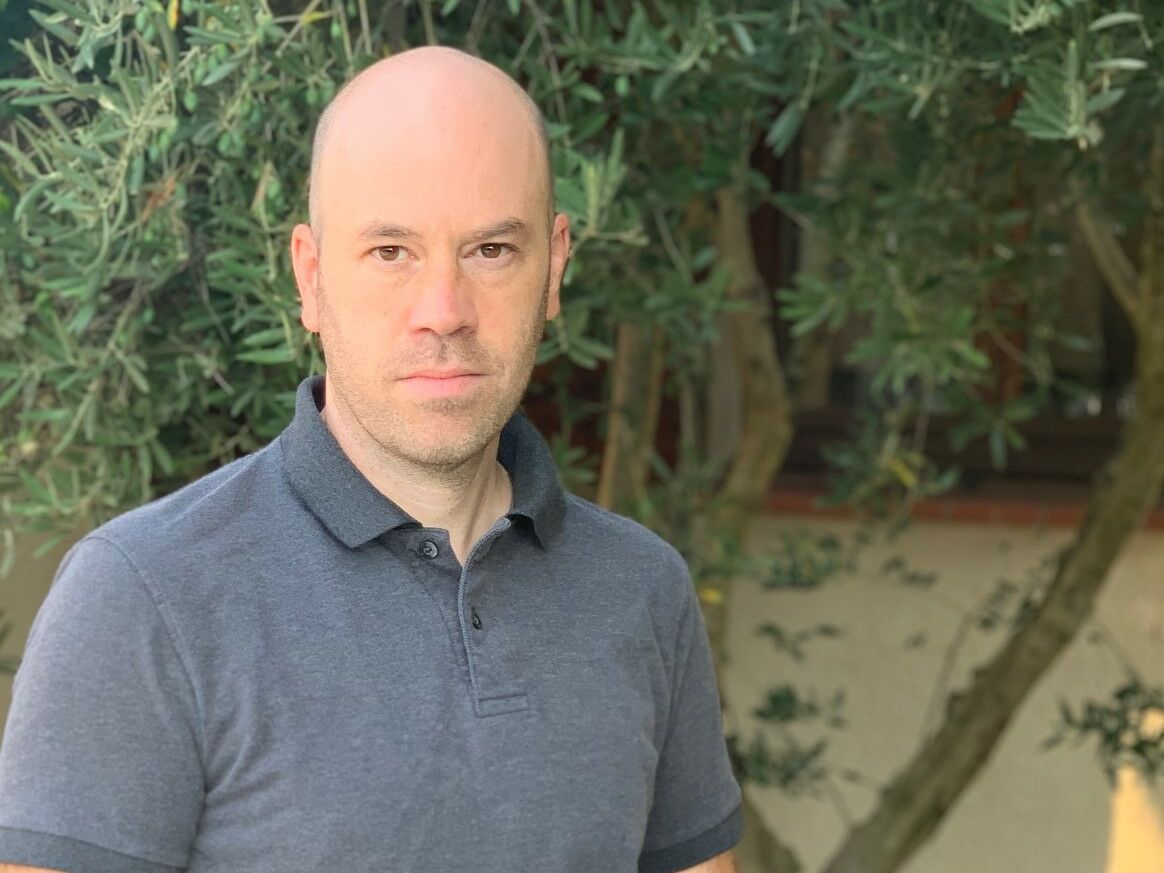Various plant species of the Rubiaceae, Primulaceae and Dioscoreaceae form permanent associations with bacteria, often visible in the form of galls on the leaves. Uncommonly in plants, these symbiotic bacteria seem to be transmitted vertically via seeds or vegetative propagules. Vertical transmission often goes hand in hand with genome erosion, but clever mechanisms using horizontal gene transfer and host switching ensure that the bacteria keep providing optimal services to their hosts, such as the production of specialized metabolites.
Aurélien Carlier is a group leader at the Laboratory of Plant-Microbe-Environment Interactions (LIPME) in Toulouse (France) and an associate professor at the Laboratory of Microbiology of Ghent University (Belgium). He has a background in plant pathology and molecular biology (PhD from University of Connecticut, USA) and became interested in plant symbioses during a postdoc in Zürich in the lab of Professor Leo Eberl. Aurélien Carlier’s research group focuses on the interactions between plants and their bacteria at the leaf surface, using a combination of bioinformatics and molecular tools.
Moderation: Professorin Dr. Ulla Bonas
-------
Organizational information on the digital lecture
The Alfried Krupp Wissenschaftskolleg is offering this event live as a zoom meeting, in which viewers can also take part in the subsequent discussion with video contributions.
- We would be delighted if you gave your real name when dialing into Zoom. Of course, you can also take part in the event under a pseudonym.
- A list of all participants is available to all those involved during the entire event.
- During the lecture, the microphones of the audience are all automatically muted so as not to generate any disturbing background noise. You can turn on the audience's camera during the lecture.
- In the discussion that follows, requests to speak or questions can be displayed using the "Raise hand" function. You can find these - depending on the device - under the button "Participant", "More" or "Reactions" in Zoom. You can also lower your hand again if you want to withdraw the question.
- The moderator keeps a speech list and gives the floor in the order of the messages. If the moderator asks you to bring your question or request to speak, the user interface will ask you to turn on your microphone. If you have not already done so, you are welcome to turn on your camera. This is particularly desirable when presenting longer requests to speak so that the presenter can also see who is asking the question or who is making the comment.
- Of course, you also have the option of asking your questions in writing in the chat.
-------
-------

